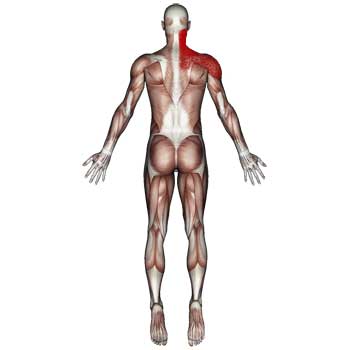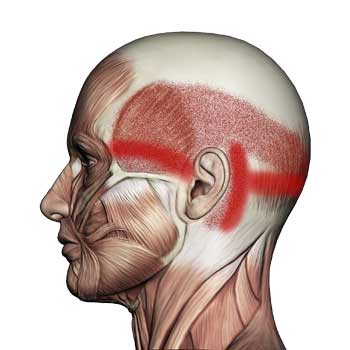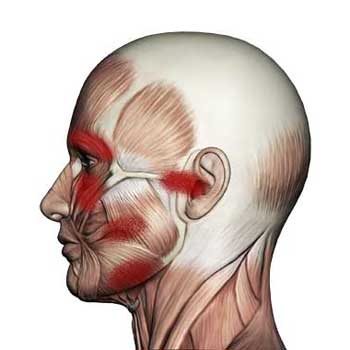Latissimus Dorsi Muscle: Shoulder, Arm, Low Abdominal, Pain
The latissimus dorsi muscle can contribute to pain in the shoulder, upper back, and arm going down into the hand. The muscle can also cause pain in the side of the ribcage and lower abdomen. It is the muscle that most often causes the ‘side stitch’.





















